Everything you need to know about measuring ounces, from terms and origin to ounces in a pint and helpful measurements.
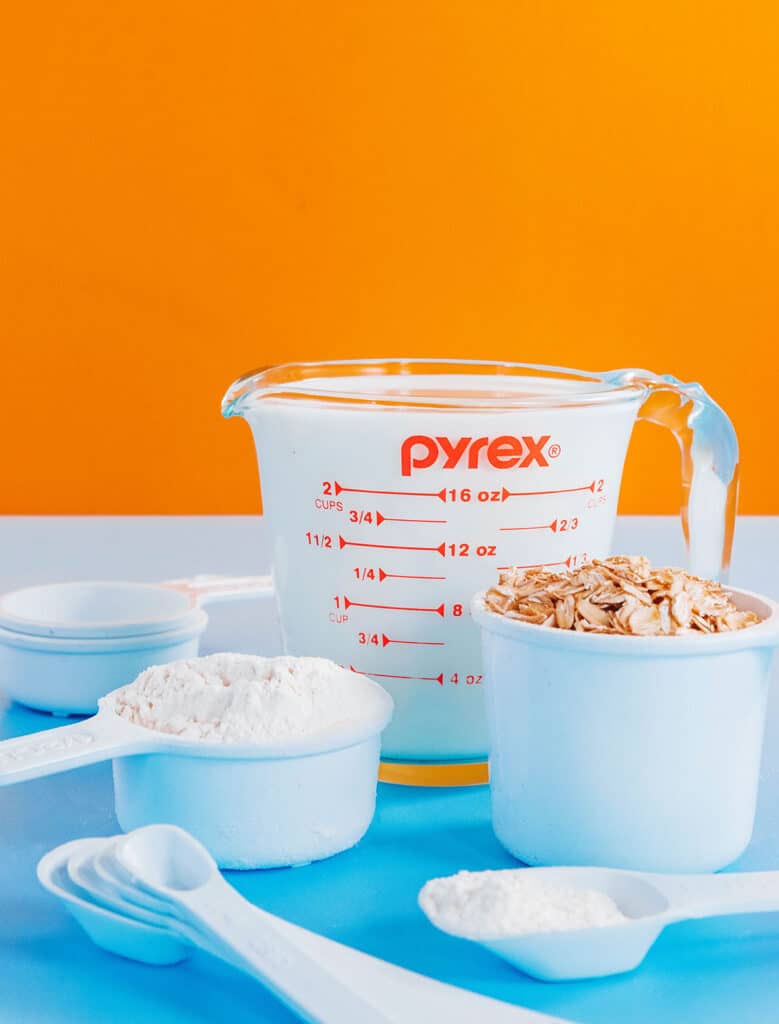
Do you know how many ounces are in a pint? Most people don’t. In fact, there is not one definitive answer to this question. The number of ounces in a pint can vary depending on which country you are in, and even which region within that country. But don’t worry, we’re going to clear all of that up for you! In this blog post, we will discuss the different ways to measure pints around the world, as well as how many ounces are in a pint in each case.
We’ll also give you a few tips on how to remember the conversions! Because if there’s one thing that makes cooking easier, it’s knowing different measurements and how they measure into one another. Knowing the how and the why can actually improve your cooking and help you master your favorite dishes.
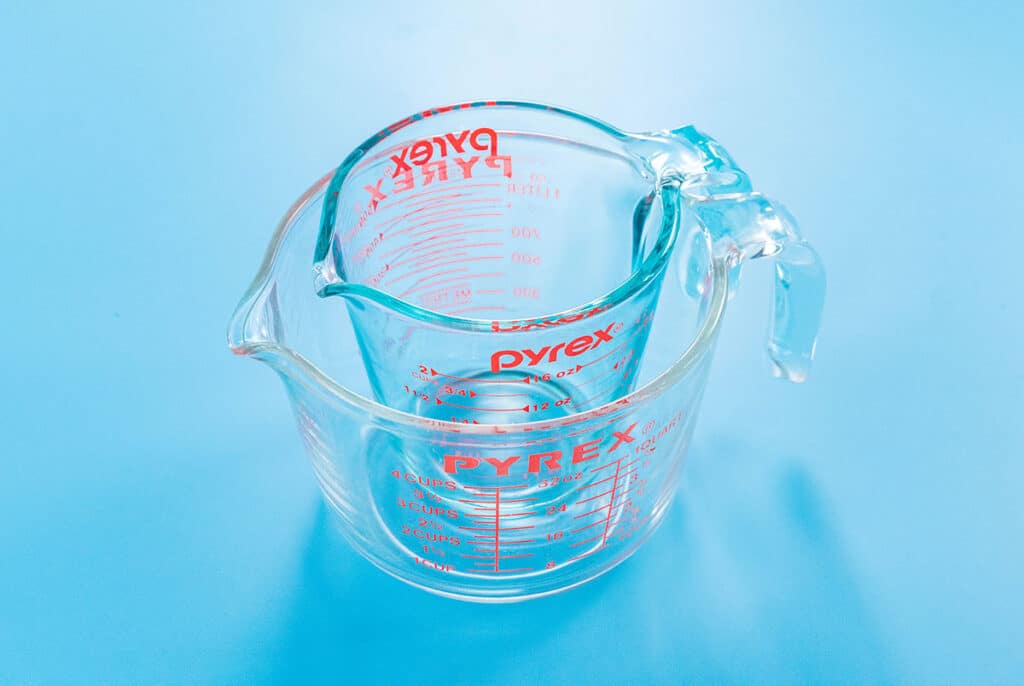
What is an ounce?
The term ounce comes from the Roman term “uncia.” An uncia was 1/12 of a roman copper bar that was used as a tool to measure the length of an inch and the weight of an ounce.
Modern ounce weight and volume measurements, however, come from Britain.
Let’s start with fluid ounces. A fluid ounce is 1/16th of an Imperial Pint and weighs 1/16 of a pound, or 28.3 grams. In the apothecary system, an ounce was 480 grains or 1/12 of a pound. Is it any wonder Britain standardized on the metric system?
The United States is one of only three nations that still use Imperial measurements (and thus, the pint!). The other two are Liberia and Myanmar.
What is a pint?
The term pint comes from the French word pinte. This likely comes from the Latin term “pincta” derived from painted marks on the side of a container to show its capacity. Where tens are our normal units of division today, ancient times used eights. In Rome, a pint was 1/8 of a gallon!
In the United States, a pint is typically defined as 16 fluid ounces. This means that there are 16 oz in a pint-bottle or pitcher, and 16 oz in a standard glass of beer or soda. However, in the United Kingdom and Ireland, a pint is usually 20 fluid oz. So if you’re visiting one of these countries, remember that a pint is not the same as it is in the States!
In U.S. measurements, a pint is 473 ml. As for English pints, those are 568 ml or (20 ounces as mentioned above). The English like their beers big!
The English and their former colonial states (Canada, Australia, South Africa, and New Zealand) all switched to the metric system, but still often use pints for ordering drinks. The rest of the world uses the metric system for this, and a ½ liter of beer is a very common serving size in most other countries.
Quick Conversions
| 8 fl oz | 1 cup | 1/2 pint | 1/4 quart | 1/16 gallon |
| 16 fl oz | 2 cups | 1 pint | 1/2 quart | 1/8 gallon |
| 32 fl oz | 4 cups | 2 pints | 1 quart | 1/4 gallon |
| 64 fl oz | 8 cups | 4 pints | 2 quarts | 1/2 gallon |
| 128 fl oz | 16 cups | 8 pints | 4 quarts | 1 gallon |
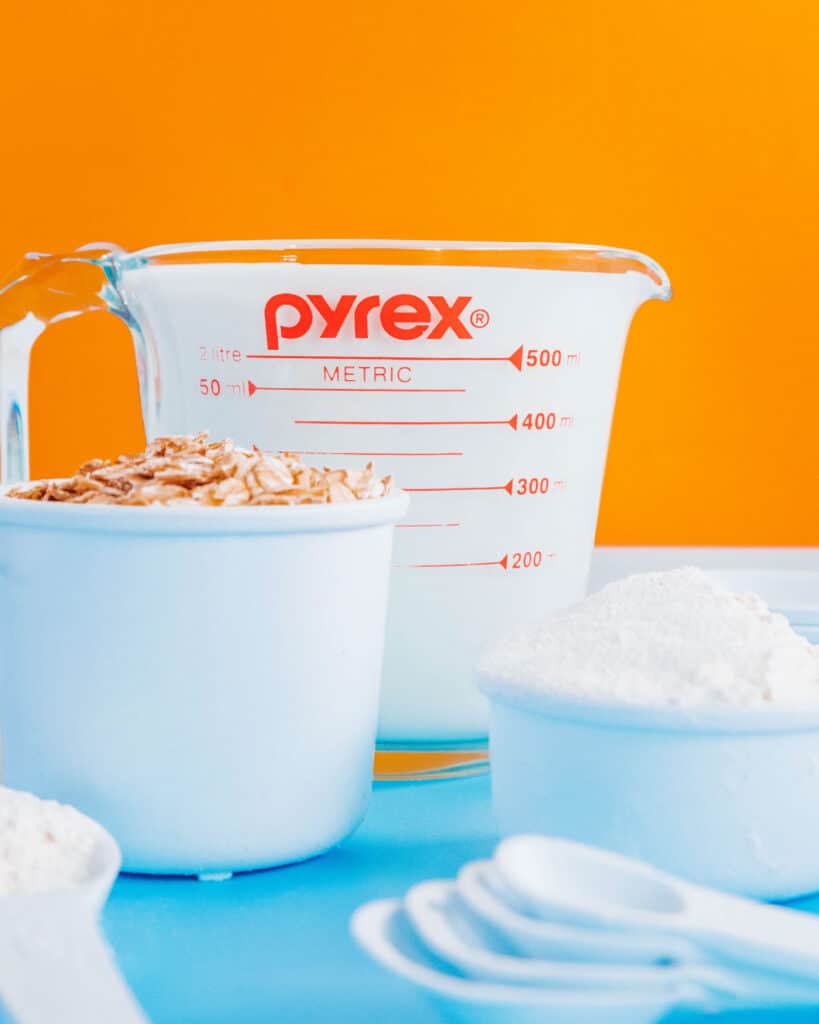
Measuring an Ounce and Pint Internationally
Now that you know how many ounces are in a pint, let’s take a look at some of the different ways to measure a pint around the world!
As mentioned previously, in U.S. measurements, a pint is 473 ml.
In Australia, Canada, and New Zealand, a pint is defined as 20 imperial ounces. This is equivalent to 18.432 U.S. fluid ounces, so it’s a little bit different than the pint in the United States. In short:
- 1 fluid Pint (U.S.) = 16 fluid Ounces (US)
- 1 fluid Pint (U.K.) = 20 fluid Ounces (UK)
In Austria, Denmark, Germany, and Sweden, a pint is defined as 500 milliliters. This works out to be about 16.91 U.S. fluid ounces, so it’s pretty close to how much one contains there!
Wet vs Dry Pint
Things get a bit dicy when we get into wet vs. dry measurements, because they’re not the same! Plus, we bring a whole different unit of measurement into it – volume.
A dry pint is 16 ounces, while a liquid pint is 20 ounces. The difference between these two types lies in the density of the fluid. Liquids tend to be less dense than solids, so they take up more space. This is why a liquid pint contains 20 ounces, while a dry pint has only 16.
It may be helpful to remember that whether using wet or dry ingredients, two cups are in a pint, and two pints are in a quart. Here are conversions for common ingredients for ounces to cups (which can be double to get ounces in a pint)!
fluid ounces (fl oz) vs dry ounces
The difference in measuring liquids and solids of course extends to ounces as well. Take a pint of blueberries for example. One pint of blueberries weighs about 12 oz, despite the fact that there are 16 dry ounces in a pint! The amount fills the container differently than if it were filled with a liquid taking up 100% of the space.
Ounces and pints will likely be what you see most while cooking. For this reason, here are some quick measurements to reference:
Dry Ounces
- 1 oz = .05 pints
- 10 oz = .53 pints
- 20 oz = 1.07 pints
- 50 oz = 2.68 pints
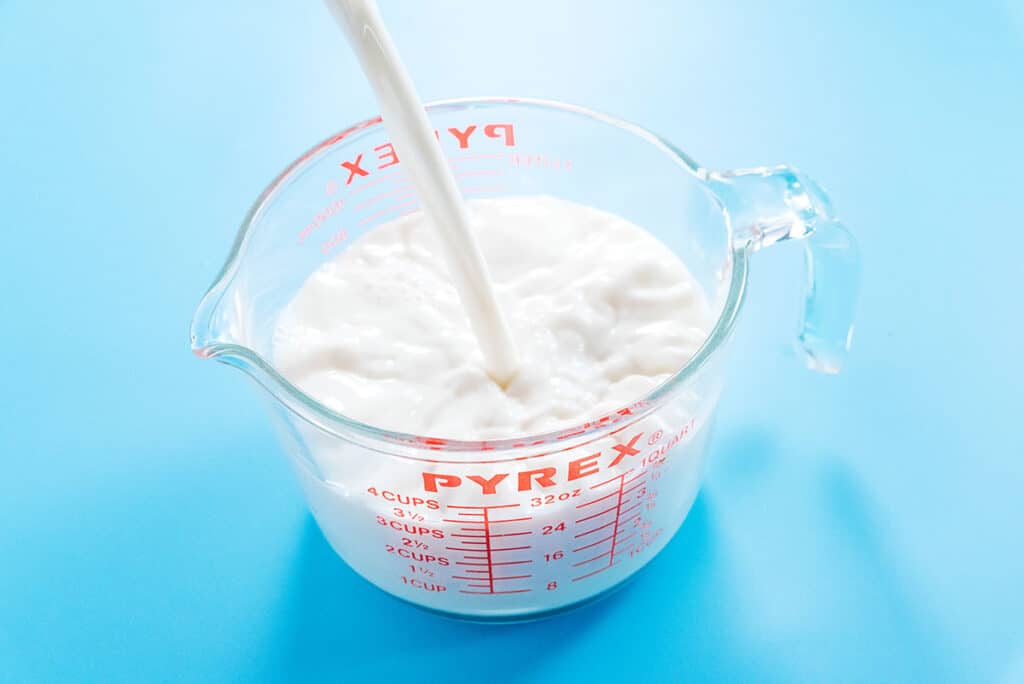



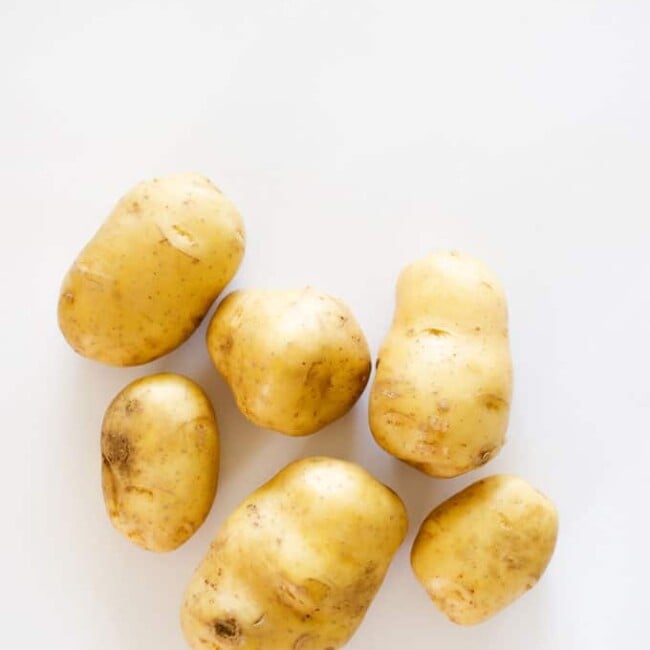
Jim Collier says
I bought a Ford pickup truck in Canada. The mileage efficiency rating there is measured in liters per 100 kilometers. For the American buyers, they converted this to miles per gallon and published the numbers in their glossy brochure. So I took one home and calculated the liters/100 km to MPG myself and discovered that Ford had used an Imperial gallon and not a U.S. gallon. Of course, being a 25% larger gallon means that the calculated MPG is a bigger number, too. I actually e-mailed Ford and called their hand on this, but they denied it, although I could prove that they did. I was born at night, but it wasn’t last night.
Jim Collier says
A pint of beer is 20 ounces. It doesn’t matter that a liquid pint is 16 ounces in the U.S. customary system. Forget that. When we are talking about beer, the British definition of a “pint of beer” should apply in the U.S. “A pint of beer” is a term stolen from the UK. British pubs serve pints and half-pints, 20 or 10 ounces. Restaurants and bars in the U.S. sell you 16 ounces of beer and call it a pint. It is not a pint of beer, it is 16 ounces of beer. Call it four-fifths of a pint, but don’t call it a pint because it isn’t a pint. Either put four more ounces in the glass or keep it at 16 ounces and call it something else. I know a lot of Americans were born yesterday, but some of us weren’t!
nan says
This is the United States. A pint here is 16 ounces liquid measure. This is the norm here. No one is lying or pulling the wool over anyone’s eye to say a pint of beer is 16 ounces. Everyone here lives by that. Good luck getting the whole country to change. Then a pint of cream would be 2o ounces. There are 2 pints in a quart here and 4 quarts in a gallon. So then a quart would be 40 ounces instead of 32 and a gallon would be 160 ounces instead of 128. Water meters would have to be changed. Gas pumps would have to be changed. What a waste of time and money, and that’s just the beginning. There are a lot of things people get cheated on and this is not one of them. It’s just semantics. Do you think even if they decide it is 20 ounces you’re going to get a better deal on your beer? It’s going to cost 25% more!!
Jim says
A Pint and a pint are not the same thing. A Pint is a British term, commonly used in pubs, meaning a glass of beer containing 20 ounces. A pint is a volume of any liquid consisting of 20 ounces in Britain or 16 ounces in the US. American bars have stolen the name Pint, market it as a Pint, but put only 16 ounces in the glass. The British don’t say “a pint of beer” because a Pint is defined. It is beer by definition. It’s like paying a man for a racehorse and getting a Shetland Pony.
Gayle says
To be honest your article is still confusing to some extent. You did do an excellent job of explaining differences in different countries which is extremely helpful. You don’t discuss weight and that is a very important aspect of measurement as weight is measured in ounces which are different from liquid ounces. Really they aught to have different names for things which actually are different, but this is the world we live in.
The saying, “A pint’s a pound the world around” is a cause of consternation for many chemists. That’s only true for water, but for many people the difference is negligible for their purposes using a few liquids similar to water.
You state, “Things get a bit dicy when we get into wet vs. dry measurements, because they’re not the same! Plus, we bring a whole different unit of measurement into it – volume.” Both wet and dry measurements are a measure of volume, so this statement doesn’t even make sense. What you have been writing about is volume. liquid measure is volume.
Just as an aside, changing all recipes to weight for non-liquid substances actually makes sense and would make recipes more uniform because volume can change when things settle, but weight doesn’t.